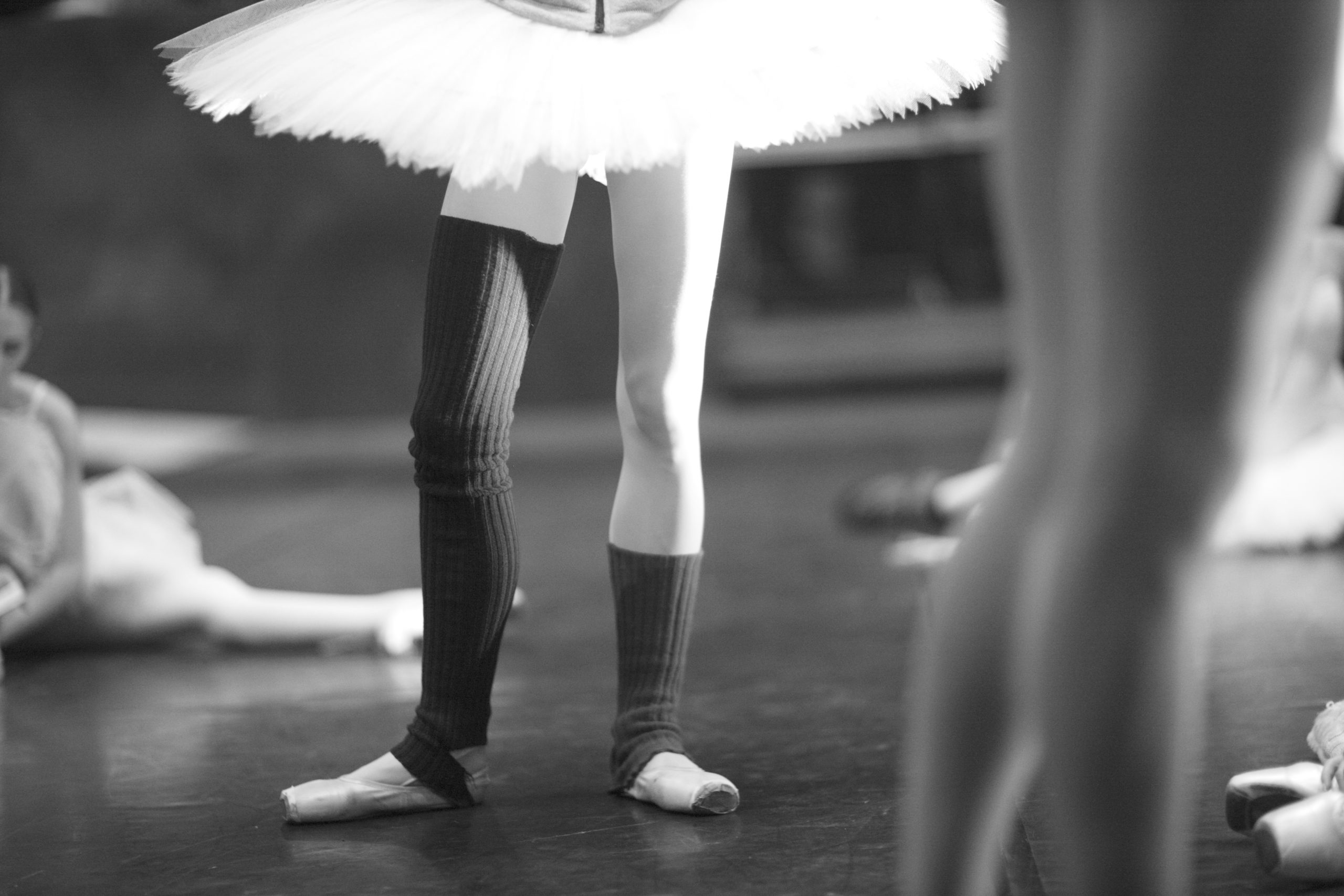Finding Their “Live-Performance” Legs Again
Never before has the dance community experienced such a collective return to the stage as during the pandemic. In celebration of our industry’s triumphant—although staggered—return to in-person performances, Pointe asked experienced pros to reflect on their long-awaited, live opening nights after 6 to 16 months away from the stage. For many dancers, stepping back onstage was a major highlight of 2021.
Read on to hear their journeys from lost seasons to the inventive opportunities that allowed them to find their live-performance legs once again.
Jillian Davis, Complexions Contemporary Ballet dancer
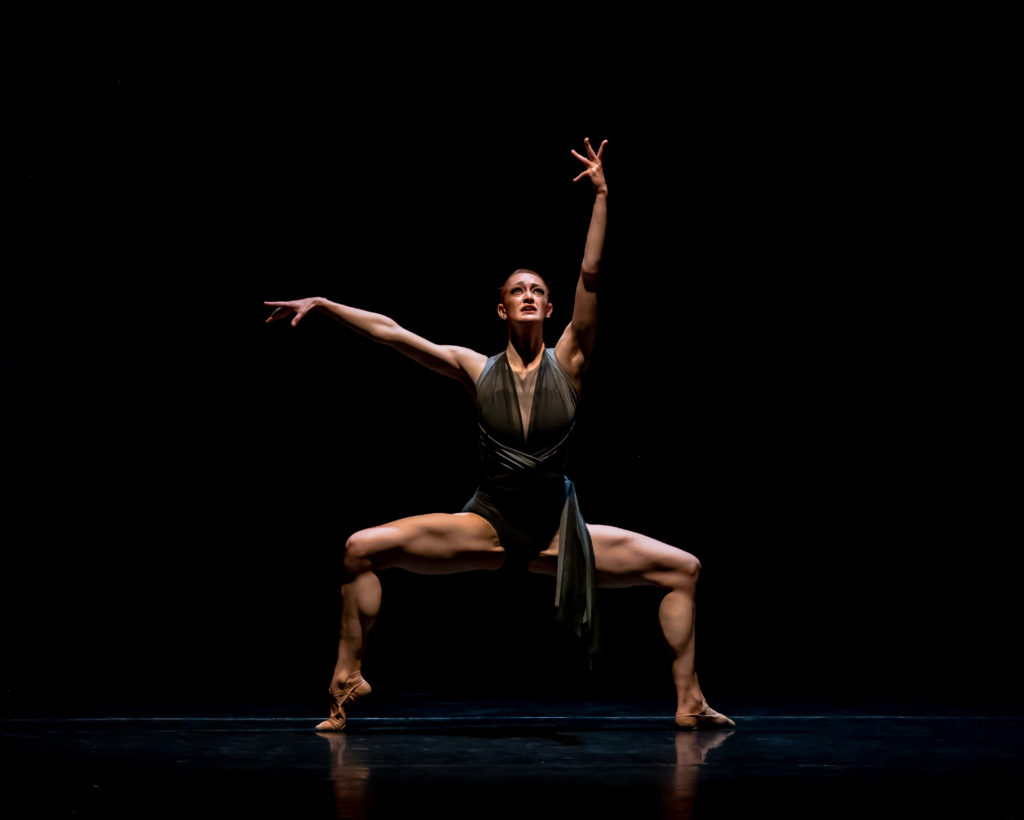
Last live performance pre-pandemic: Star Dust: From Bach to Bowie, on tour in Escondido, California, February 2020
Time offstage: 16 months
A tall order: “My side job became my full-time job. I was working at a bar with a to-go window where I could serve drinks to customers safely. It was a nice distraction because I had trouble dancing in my apartment. I gave myself class for about three weeks, but eased off when it became clear things would be closed for a while. I was frustrated because I am tall and my New York City apartment is small. So, I couldn’t truly take class.”
Getting back onstage: “This past spring, Complexions was aiming to hold summer performances. Initially, our tour was six weeks. But it got whittled down to three weeks in Tulsa, Dallas and Detroit. Prior to the start of company rehearsals, I would rent a small studio and take Zoom classes on my own because New York hadn’t fully reopened. Then, the company had four weeks of rehearsal at New York City Center leading up to the tour.”
The moment: “I was so thankful to be up there onstage I thought I’d cry. It was just kind of like, ‘This is happening!’Thankfully, in the first excerpt I performed I was allowed to have a smile on my face, because it was really big!”
Nervously optimistic: “I am most excited to have a regular routine again. It will be nice to have a schedule to prepare myself both physically and mentally, though I’m nervous about traveling internationally again.”
Derek Dunn, Boston Ballet principal
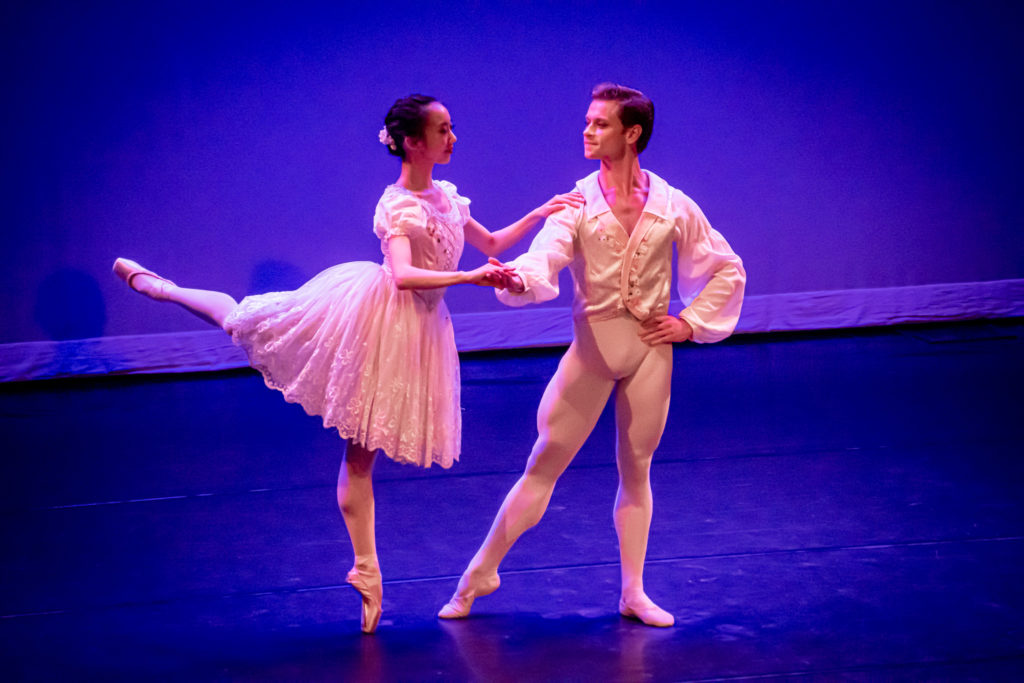
Last live performance pre-pandemic: A dress rehearsal of Helen Pickett’s Petal with an invited audience in March 2020 (opening night was canceled)
Time offstage: 15 months
Health first: “I was off for four months on top of our pandemic closures due to non-COVID health issues. Trying to come back after six months off from Boston Ballet, I sprained my ankle and became ill. In the end, the pandemic was beneficial because I wasn’t jeopardizing my health to come back too early for a specific performance.”
The invite: “This past spring I got an email from USA International Ballet Competition asking me to perform the third act pas de deux from Coppélia with my frequent partner, Chisako Oga, for a June 2021 gala in collaboration with FestivalSouth. Having this invite was reassuring that things were getting better.”
Solo rehearsal: “We were working in pods for Boston Ballet’s virtual season when we began preparing for the gala. Chisako and I were not in the same pod, so we rehearsed separately until the season was over. After a year and half of not performing a pas de deux, there were some nerves: ‘Am I going to be okay stamina-wise? What is this going to feel like?’ ”
Gala glory: “I forgot how powerful the energy of live performance was. At first, I felt a little shaky. My adrenaline was going pretty hard. I felt ready mentally, but had to calm myself because my body can’t handle that much adrenaline.”
“Sharing my first time back onstage with someone else was really special. Chisako and I were on the same wavelength and I felt reenergized as we took our bow. I was overwhelmed with the amount of happiness and the sense that we had really accomplished something after everything we had been through.”
Kiara DeNae Felder, Les Grands Ballets Canadiens corps de ballet
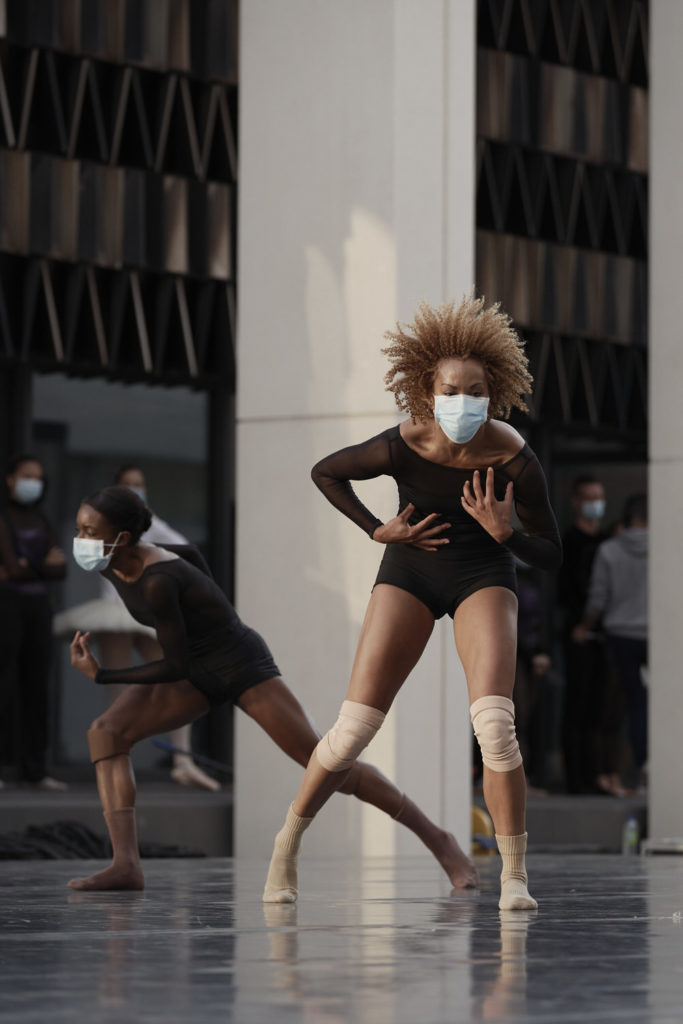
Last live performance pre-pandemic: Uwe Scholz’s 7th Symphony, February 2020
Time offstage: 6 months, then 8 months
Thriving on their own: “Having mental-health counseling, hobbies and school [they attend Arizona State University online] helped me cope. I live alone, so during the peak of things I wasn’t interacting with anyone. It was strange, but I got used to it and connected with myself. I definitely missed social interaction. But I tend to thrive doing my own thing.”
Trading makeup for masks and goggles: “Our first show back was an outdoor performance of excerpts from Garrett Smith’s Complete and an excerpt of Andrew Skeels’ Requiem in the courtyard of our home theater. Quebec’s health agency required we wear face masks and goggles (yes…like swimming goggles). We had no peripheral vision, so the entire experience was very disorienting and scary. Though, when we finally performed, I did enjoy it a lot.”
Performance as research: “We had eight months offstage between performing outdoors and our first indoor performances. I was anxious to see if dance still brought me the same feelings it had in the past. I coped by shifting what performing means for me. I used to be nervous if I knew more people were watching or if it was an evening show. Now, the audience size was limited and there was only one show each day. I began using performance as research. I took risks and focused more on my inner workings. While this approach felt foreign, I found comfort in everything being turned upside down.”
Stopping the hamster wheel: “This time was necessary for my development as a human. I needed to put a stop to that hamster wheel of trying to outdo myself. I had been wondering why I’m always stressed and disappointed. Having time off gave me a chance to evaluate things I had put on the back burner.”
Sarah Van Patten, San Francisco Ballet principal
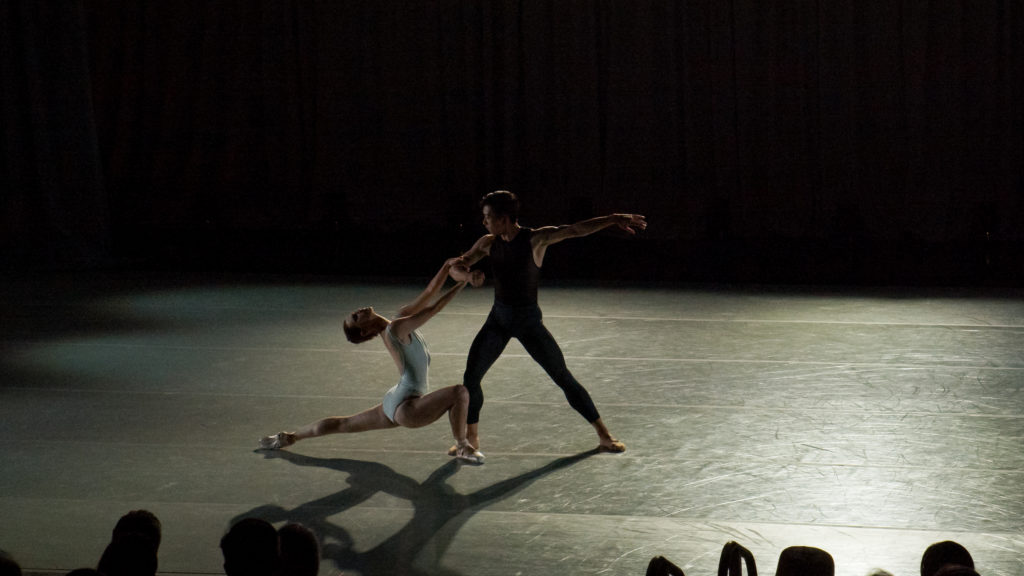
Last live performance pre-pandemic: Mark Morris’ Sandpaper Ballet, February 2020
Time offstage: 16 months
Pod life in Tahoe: “I escaped with my husband and two children to my other home in Incline Village, Nevada, near Lake Tahoe. Early on, I was watching the morning news and was struck by how sports teams were coming together in pods to get back to playing. Having a big home in Tahoe, I thought to reach out to friends with an idea to come back together as a pod. Making safety a priority, I talked to doctors at San Francisco Ballet and learned quarantine and testing protocols. In June 2020, I invited six dancer friends and their immediate family into my home. From there, things started to take on a life of their own.”
Unexpected directorship: “Throughout the process of creating this pod, workshopping choreography (gifted by Dwight Rhoden and Danielle Rowe), procuring space to film our work, fundraising and more, I ended up creating Tahoe Dance Camp.”
Collaborating to get back onstage: “After returning to San Francisco Ballet for our digital season, I was still trying to figure out what Tahoe Dance Camp could be. I met Karen Craig, executive director of Classical Tahoe, and told her what we had done the year prior. She was incredibly enthusiastic and offered me her outdoor venue the weekend before her annual summer festival. This provided a performance to introduce us to the community.”
No worries: “To be completely honest, dancing in this performance was the least of my worries, as I was directing and producing the whole evening. I used the dancing part to relax and just do what I know. Having the brand-new role of a director, I needed to stay on top of everything. I danced in two pieces at our performance. There were some jitters with Andrea Schermoly’s world premiere, but Wheeldon’s Within the Golden Hour was like running into an old friend I hadn’t seen in a while.”
